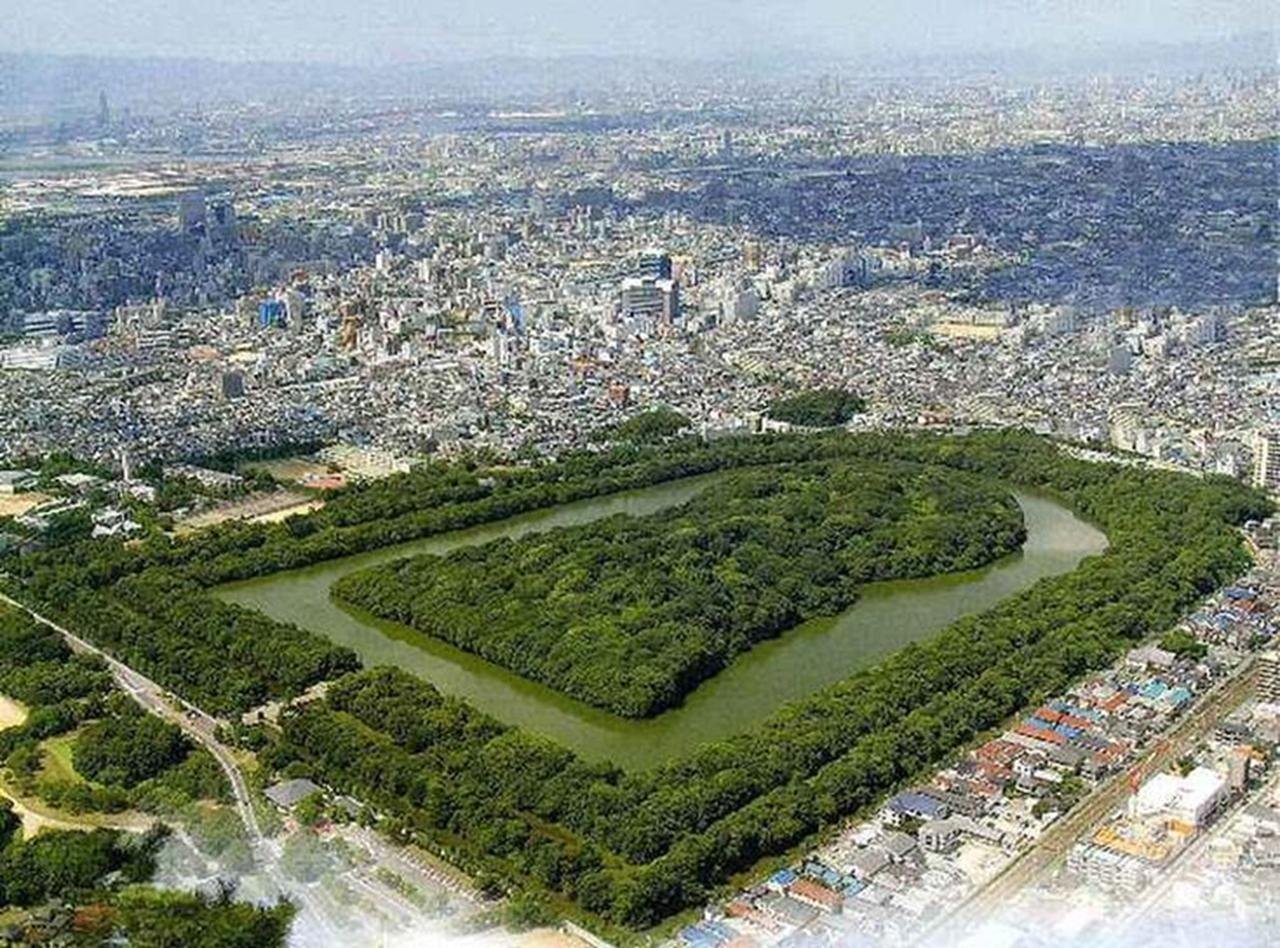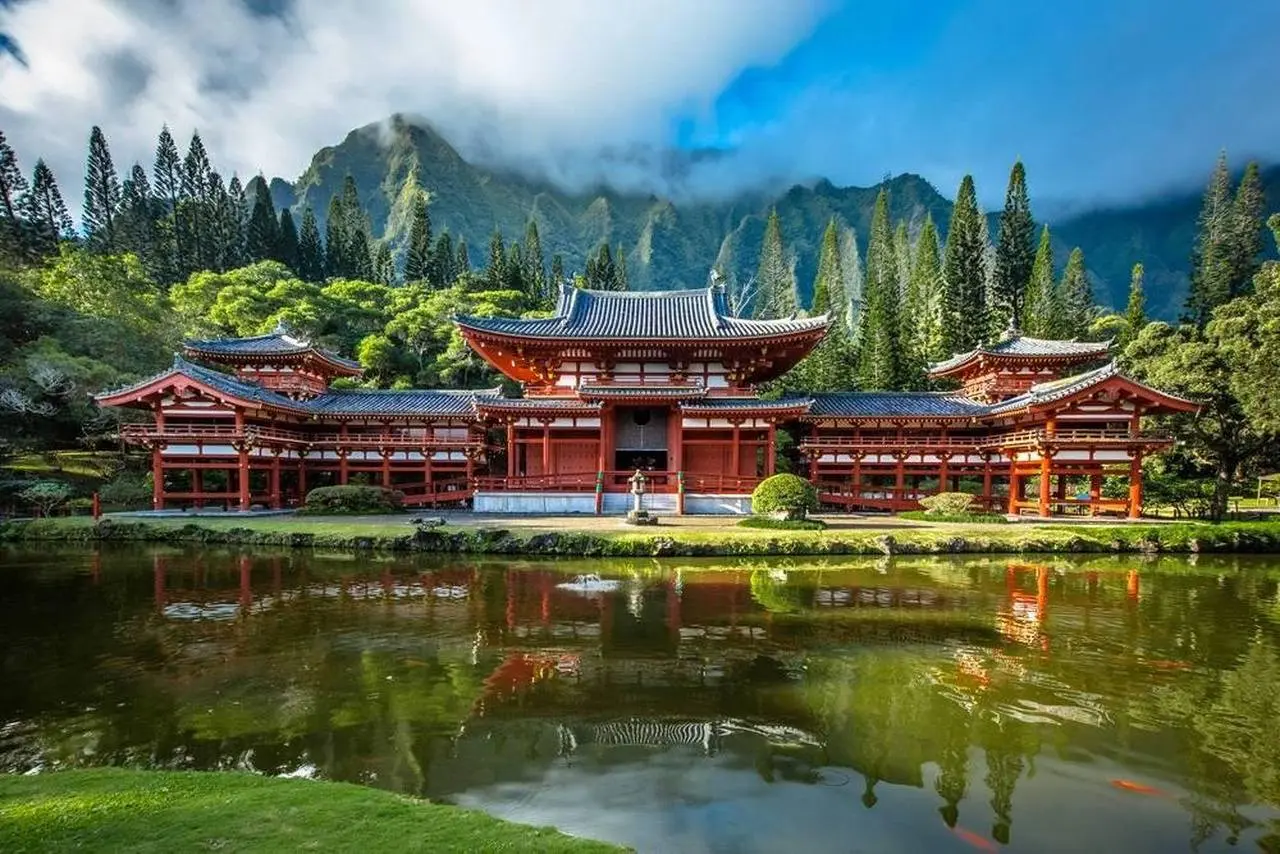Contrary to popular belief, ancient Japanese architecture didn't differ as much from similar buildings across the world as one might think. In fact, many of the features that are considered uniquely Japanese, such as wooden structures, elevated floors, sliding doors, and tatami mats, were influenced by Chinese and Korean cultures. However, ancient Japanese architects also developed their own styles and techniques to suit the natural environment and the religious and aesthetic sensibilities of Japan. For example, they created asymmetrical layouts that followed the contours of the land, used natural materials that expressed their inherent qualities, and blended the indoor and outdoor spaces to achieve harmony with nature. Thus, ancient Japanese architecture was both a product of cultural exchange and a reflection of local identity.
Ancient Japanese Buildings
Ancient Japanese buildings are remarkable examples of architectural design and engineering. They reflect the history, culture and religion of Japan, as well as the natural environment and climate. Some of the most famous ancient buildings in Japan include temples, shrines, castles and palaces. These structures often feature complex wooden frameworks, intricate roofs, ornate carvings and colorful paintings. They also incorporate elements of harmony, balance and symmetry, which are influenced by Buddhism and Shintoism. Ancient Japanese buildings have survived wars, earthquakes, fires and other disasters, and have been preserved or restored for future generations to admire and learn from.
Ancient Japanese Kofun
One of the most remarkable examples of ancient Japanese architecture are the kofun, which are large earthen mounds built as tombs for the ruling elite. The word kofun means "ancient grave" in Sino-Japanese, and it also refers to the period of Japanese history from the 3rd to the 7th century CE, when these tombs were constructed. Kofun vary in shape and size, but many have a distinctive keyhole form, with a square front and a circular back. Some kofun are surrounded by moats or canals, and some have terracotta figurines called haniwa on their surface. The kofun contain stone chambers where the bodies and burial goods of the deceased were placed. The kofun reflect the increasing wealth and power of ancient Japan, as well as its cultural and political connections with neighboring states such as China and Korea.

Ancient Japanese House
Apart from the burial sites, ancient Japanese architecture was also represented in the dwellings of its population. Ancient Japanese houses had two different kinds: house had the base elevated above the ground, and pit-dwellings of more usual type.

House has the base elevated above the ground.
Pit-dwellings were typically oval-shaped, had thatched roofs, and were constructed with columns installed into a large hole on the ground and were encircled by grass around a central space in the villages.

Japanese Pit-dwellings
Ancient Japanese Temple
The earliest ancient Japanese temples were built in the 6th century CE by Korean and Chinese immigrants who brought Buddhism to Japan. They followed the continental style of wooden structures with tiled roofs, bracket sets, and symmetrical layouts. Some examples of this style are Horyu-ji and Yakushi-ji in Nara.
However, over time, Japanese architects developed their own distinctive features and innovations, such as the use of natural materials like cypress and cedar, the incorporation of Shinto elements like torii gates and shrines, and the creation of asymmetrical and organic designs that harmonized with the landscape. Some examples of this style are Kiyomizu-dera and Kinkaku-ji in Kyoto.
Support columns, sloping roofs, brackets, rafters' framework, and roof tiles are some prominent design components of Japanese temple architecture. The outside structure of the building can be noticed in both the support columns and the framework of brackets and rafters, which gave the building a degree of transparency in terms of its construction systems. The temples' gently curved roofs were also used to blend in with the surroundings, and their wave-like tile pattern was designed to direct water.

Ancient Japanese Castle
One of the most distinctive features of ancient Japanese castles was the use of stone walls and moats to protect the main keep, which was usually located at the center or highest point of the castle grounds. The stone walls were made of large blocks of granite or volcanic rock, fitted together without mortar. The moats were filled with water or left dry, depending on the terrain and water sources. The main keep was a multi-story wooden tower that served as the symbol and command center of the castle. It was often decorated with gables, tiles, and ornamental carvings.
Some of the most well-known Japanese architectural landmarks are castles from the Warring States Period. One of them is Himeji Castle, Japan's largest and most visited castle, regarded as the best surviving example of classic Japanese castle construction. It has 83 rooms and the finest advanced defense systems for the period in question.

Himeji Castle
Ancient Japanese architecture is a fascinating and diverse topic that reflects the history, culture and environment of Japan. From the wooden temples and shrines of Nara and Kyoto, to the castles and fortifications of the feudal era, ancient Japanese architecture showcases the creativity, skill and resilience of the Japanese people. It is a rich and valuable heritage that deserves to be appreciated and preserved for future generations.
Please watch the inspiring video below to learn the story of Karl, an architect, and Tina, his wife. The German couple moved to the village of Taketokoro in Japan 25 years ago and have been revitalizing the area by rebuilding traditional Japanese-style houses. They embrace village life by growing their vegetables, managing over 20 rice fields, and spending time in their garden. In addition to bringing eight abandoned buildings back to life, they encouraged their neighbors to fix up an old cowshed, which now serves as a landmark. Karl's passion for restoring old Japanese-style houses was influenced by his father’s love for Japan.



Leave a Comment